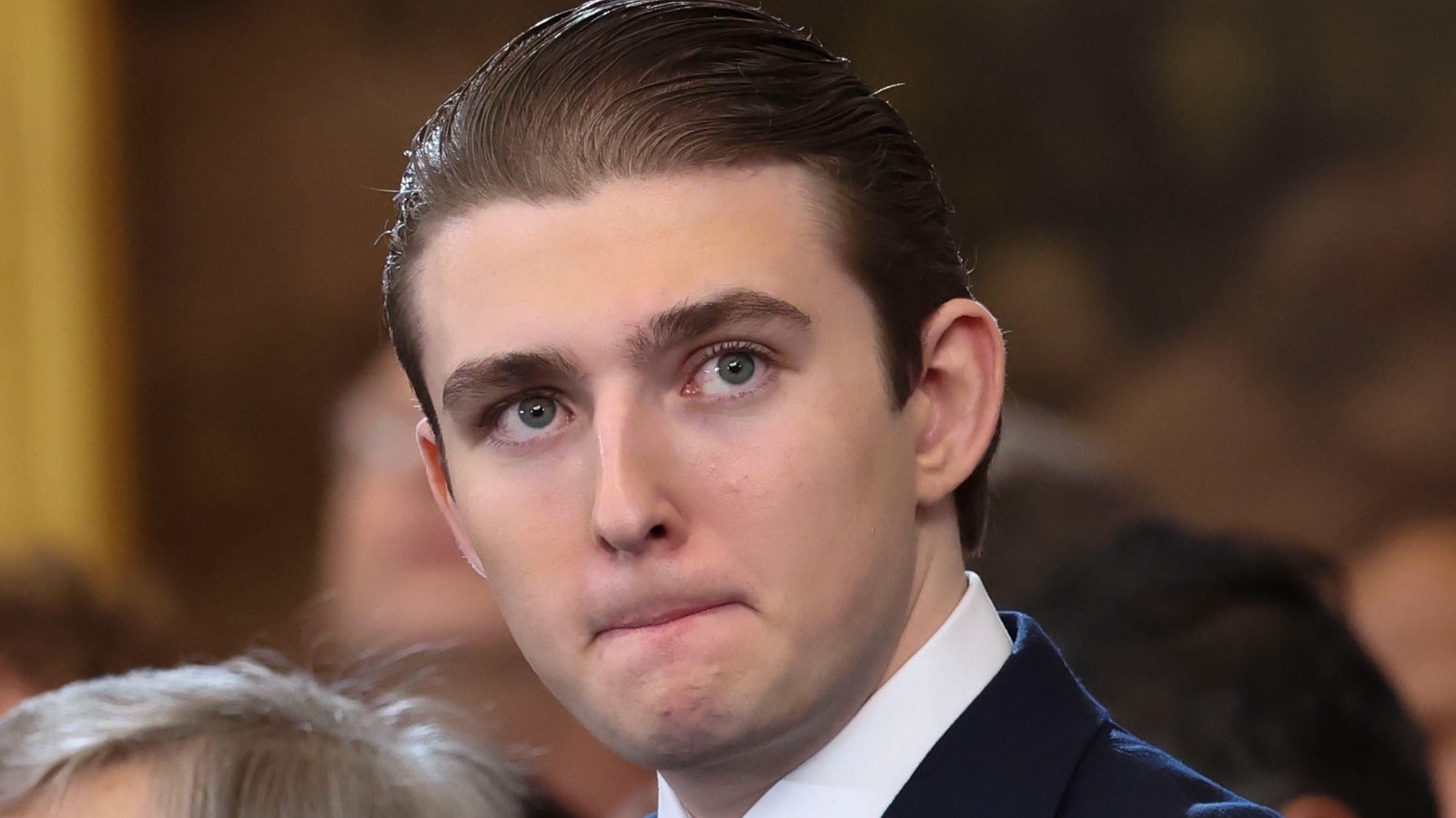
Diane Keaton, the beloved filmmaker, author and Oscar-winning actress known for her roles in “Annie Hall,” “The Godfather” trilogy, “Father of the Bride” and the “Book Club” franchise, has reportedly died at age 79, leaving co-stars, fans and cinephiles heartbroken. Her passing marks the end of an era for Hollywood, remembering an artist whose unique blend of comedic timing, dramatic gravitas, and inimitable style left an indelible mark on cinema.
Keaton’s death was reported by media outlets including People and The New York Times, citing a spokesperson and Dori Rath, who produced some of Keaton’s films. These initial reports, however, were notably sparse on specifics, creating an atmosphere of quiet reflection rather than immediate clarity. Her impact, nevertheless, was universally acknowledged, as tributes began to emerge from across the entertainment world, underscoring the profound loss felt by many.
The Los Angeles Fire Department confirmed its response to Keaton’s home following a call for medical assistance on a Saturday morning, with paramedics subsequently transporting a person to a hospital. This detail, reported by outlets including CNN and ABC News, offered a glimpse into the immediate circumstances surrounding the actress’s final moments, though it did not shed light on the underlying causes of her sudden decline.
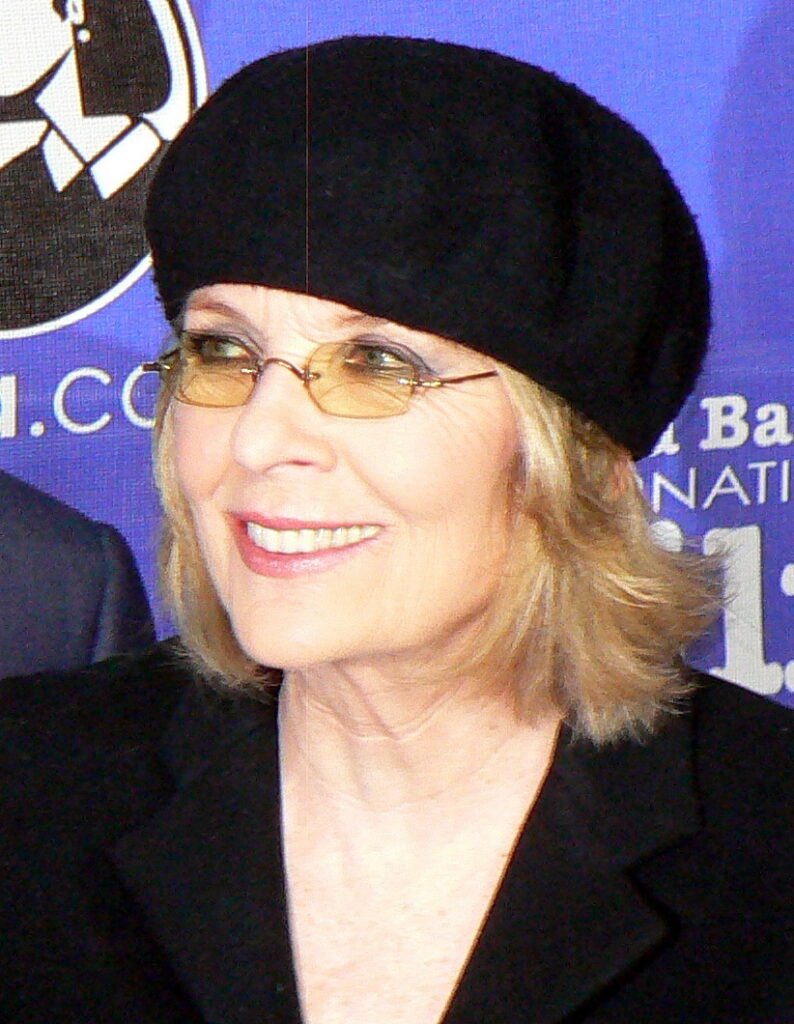
1. **The Sudden Passing of a Hollywood Icon**News of Diane Keaton’s death at 79 sent shockwaves through Hollywood and among her legions of fans, marking the end of a prolific career that spanned more than five decades. The announcement of her passing on a Saturday was met with an outpouring of grief and respect for an actress who captivated audiences with her distinct presence and versatile performances. Her departure leaves a void that will be keenly felt by those who admired her work.
Media outlets, including People magazine, were among the first to report the news, confirming her death in California. A spokesperson for the actress, alongside producer Dori Rath, who collaborated with Keaton on several films, confirmed the somber update. The initial reports emphasized the heartbreak felt by her co-stars, fans, and cinephiles alike, reflecting the wide-reaching affection she commanded.
The immediate aftermath of the announcement saw widespread acknowledgment of her enduring legacy, particularly her roles in seminal films such as “Annie Hall,” “The Godfather” trilogy, “Father of the Bride,” and the “Book Club” franchise. These films cemented her status as a beloved figure in cinema, recognized for both her comedic brilliance and her capacity for profound dramatic portrayals. Her unique contributions have long been celebrated within the industry.
Read more about: A Tearful Goodbye: Honoring the Enduring Legacies of 12 Beloved Rocky Cast Members We’ve Lost

2. **The Unclarity Surrounding Her Cause of Death**As of Saturday evening, October 11, the cause of Diane Keaton’s death remained officially unclear, adding a layer of mystery to the sudden loss of the celebrated actress. Neither People nor The New York Times, among the first to report her passing, provided specific details regarding what led to her death or precisely when it occurred, leaving many questions unanswered for her admirers.
USA TODAY made efforts to reach out to Keaton’s representatives and local authorities in an attempt to gather more information, highlighting the public’s desire for clarity surrounding the circumstances. The absence of immediate answers underscored a pattern of privacy that characterized aspects of Keaton’s personal life, even in her final moments.
The Los Angeles Fire Department did confirm a response to a medical assistance call at Keaton’s home on Saturday morning, followed by the transportation of an individual to a hospital. While this confirmed a medical event, outlets like CNN and ABC News, which also reported on the incident, refrained from speculating on the underlying health issues, adhering to the lack of official disclosures.
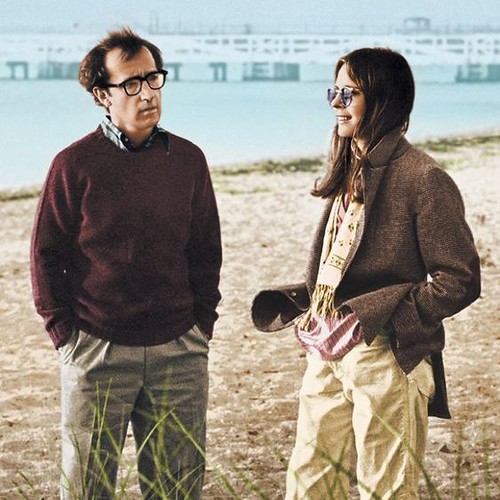
3. **A Private Struggle: Keaton’s Final Months**In the months leading up to her death, Diane Keaton reportedly faced an “unexpected” health crisis, according to a friend who spoke to People magazine. This period was marked by a “very sudden” decline in her health, which proved heartbreaking for those closest to her, particularly given her renowned strength and spirit that had always been a defining characteristic.
Her family made a conscious decision to keep her health battle private, choosing to surround her only with her closest relatives during her final months. This commitment to privacy meant that even many longtime friends were not fully aware of the extent of her illness, underscoring the personal and intimate nature of her struggle as she navigated this difficult time.
Further indications of her withdrawal from public life included her not being seen outside her Brentwood home for several months, a departure from her regular routine. A source noted that “up until just a few months ago, she’d walk her dog every day. She was usually dressed the same, with a hat and her signature sunglasses regardless of the weather,” painting a picture of a beloved, eccentric figure whose sudden absence was keenly felt in her neighborhood.
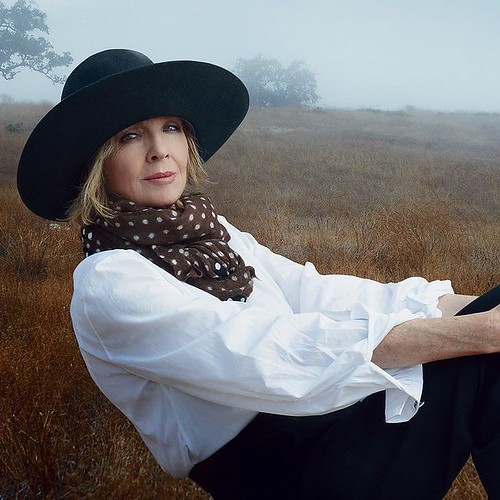
4. **An Enduring Legacy: A Career Spanning Over Five Decades**Diane Keaton’s illustrious career in Hollywood spanned more than 50 years, showcasing a remarkable range and an unwavering commitment to her craft. Her filmography is a testament to her versatility, featuring a plethora of highlights that cemented her status as a cinematic icon, beloved by critics and audiences alike for her unique charm and profound talent.
Throughout the 1970s, she made an indelible mark with her role as Kay Adams-Corleone in “The Godfather” franchise, a character that evolved alongside the epic narrative. Beyond the iconic gangster saga, her work in films like “The First Wives Club,” “Manhattan,” and particularly “Annie Hall,” which earned her a Best Actress Oscar in 1978, demonstrated her capacity for both dramatic depth and unparalleled comedic timing.
Keaton continued to work actively into her later years, demonstrating an enduring passion for acting. Her final roles were slated for the 2024 films “Arthur’s Whisky” and “Summer Camp,” according to her IMDb profile, illustrating her sustained presence in the industry. Furthermore, she had three projects in pre-production, including “The Making Of,” which was set to feature Blake Lively, Richard Gere, and Lin-Manuel Miranda, indicating her continued artistic engagement until the very end.
Read more about: Toumani Diabaté, Malian Master of the Kora, Who Transcended Borders and Carried a Rich West African Legacy to the World, Dies at 58
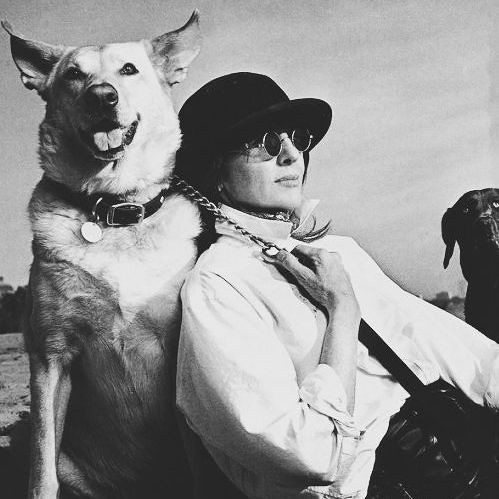
5. **The Oscar-Winning Triumph of “Annie Hall”**In 1977, Diane Keaton delivered a performance in “Annie Hall” that would not only define a generation but also earn her the Academy Award for Best Actress. Her portrayal of the titular character, a free-spirited aspiring singer who falls in love with Woody Allen’s bumbling comedian, was a masterclass in nuanced acting, blending humor with authentic vulnerability that resonated deeply with audiences.
The film itself was a critical darling, garnering three other Oscars, including Best Picture, solidifying its place as a cinematic landmark. Keaton’s individual triumph was further celebrated with a shower of additional honors, including prestigious acting awards from the National Board of Review, the National Society of Film Critics, the New York Film Critics Circle, and the British Academy of Film and Television Artists, affirming her widespread critical acclaim.
The Hollywood Reporter’s review of “Annie Hall” lauded Keaton as “the consummate actress of our generation,” praising her ability to infuse the character with “charm and warmth and spontaneity” that rendered the narrative utterly plausible. This role showcased Keaton’s abilities to navigate both the comedic and authentic, vulnerable moments, marking a significant milestone in her illustrious career and cementing her iconic status.
Read more about: Beyond the Bell-Bottoms: 12 Iconic ’70s Actresses Who Totally Changed Hollywood Forever
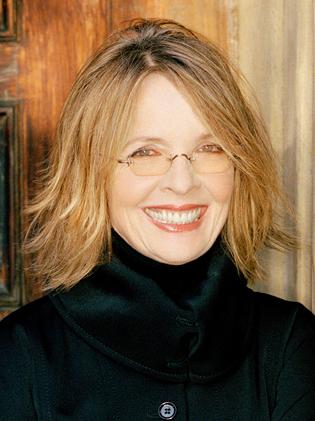
6. **A Style Icon: Redefining Fashion On and Off Screen**Diane Keaton’s impact extended beyond her acting prowess into the realm of fashion, where she cultivated a “matchless and gender-nonconforming sense of style” that became immediately identifiable. Her distinctive use of men’s slacks, vests, and hats in “Annie Hall” not only became synonymous with the character but also revolutionized women’s fashion, making a bold statement against conventional feminine aesthetics.
Decidedly ahead of her time from a sartorial perspective, Keaton maintained a steadfast commitment to this signature mix of menswear-inspired pieces well into her older years. This consistent aesthetic conveyed a sense of unapologetic independence and self-assuredness, distinguishing her as a true style icon whose influence endured long after her initial breakthrough on screen.
Even her choice of attire for the 1978 Academy Awards, where she accepted her Oscar, reflected her unique approach. She famously wore “a linen jacket, two full linen skirts, a scarf over a white shirt and black string tie, and high heels with socks.” In her 2014 memoir, “Then Again,” she looked back on this memorable ensemble, referring to it with characteristic self-deprecation as “my ‘la-de-da’ layered get-up,” highlighting her humble perspective on her groundbreaking fashion statements.
The cultural impact of “Annie Hall” and Keaton’s wardrobe was profound, inspiring countless women to embrace a more eclectic and comfortable style in the late 1970s. Her ability to blend traditional menswear with a distinctly feminine sensibility not only made her an enduring fashion reference but also solidified her role in shaping contemporary style, further cementing her legacy beyond her cinematic achievements.
Read more about: Unlock Your Best Self: Essential Health and Fitness Pillars for Your 40s
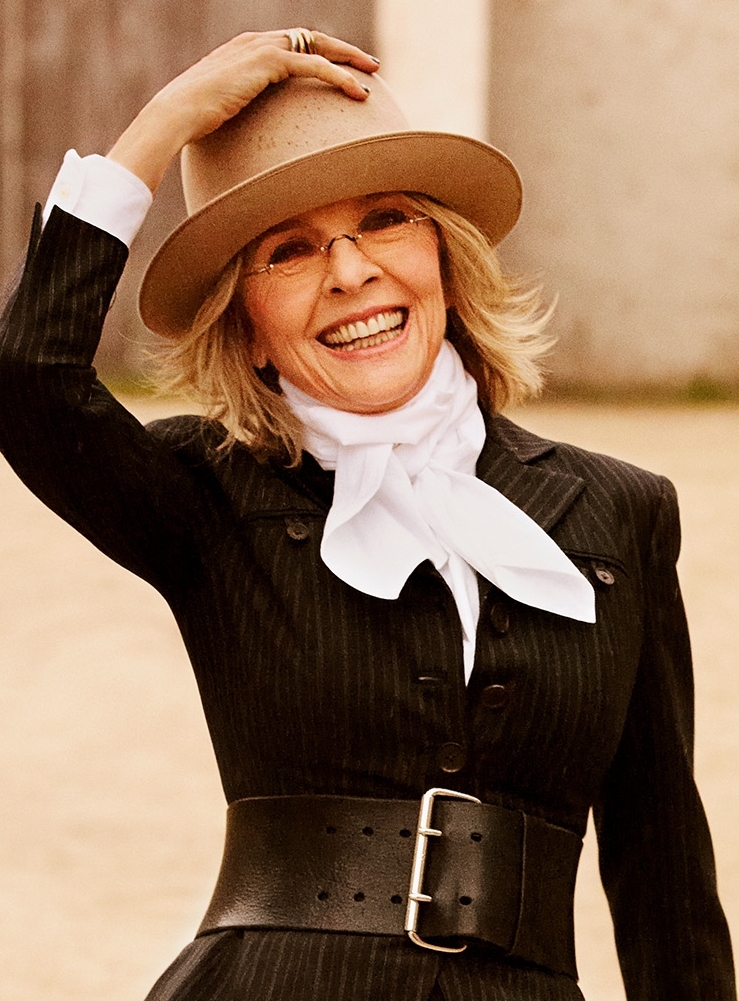
7. **Pivotal Dramatic Roles: Extending Her Acclaim**Beyond her iconic portrayal of Kay Adams-Corleone in “The Godfather” saga, Diane Keaton consistently demonstrated a profound dramatic range that earned her widespread critical acclaim. Her ability to navigate complex emotional landscapes was vividly showcased in films that often contrasted sharply with her comedic persona, cementing her status as a versatile actress capable of delivering deeply resonant performances.
One such compelling role was in the wrenching 1977 drama “Looking for Mr. Goodbar,” where she portrayed a young teacher grappling with a perilous nightlife. Critics, including Molly Haskell of New York magazine, hailed her performance as “the performance of a lifetime,” underscoring the film’s harrowing and powerful impact. This role, released in the same year as “Annie Hall,” was widely considered brilliant, with some observers believing it influenced Oscar voters even though she won for the latter.
Her dramatic prowess was further recognized with an Academy Award nomination for her role in the sweeping 1981 historical epic “Reds.” Directed by and co-starring Warren Beatty, Keaton embodied Louise Bryant, an intense 1910s writer immersed in the world of Greenwich Village socialists and Bolshevik revolutionaries. This demanding role showcased her capacity for depth and her commitment to portraying multifaceted characters with authenticity.
Keaton received her third Oscar nomination for the 1996 drama “Marvin’s Room,” where she starred alongside Meryl Streep and Leonardo DiCaprio. In this poignant narrative, she played a selfless daughter caring for her ailing father and scatterbrained aunt, only to face her own leukemia diagnosis. The film highlighted her ability to convey vulnerability and resilience in the face of profound personal challenges, further solidifying her reputation as an actress of significant dramatic weight.
Read more about: Marilyn Knowlden Dies at 99: An In-Depth Look at Her Illustrious Child Acting Career
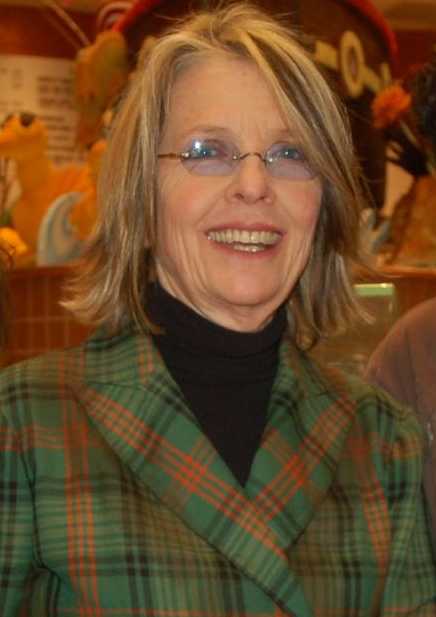
8. **Enduring Comedic Triumphs: From Executive to Matriarch**While “Annie Hall” might stand as her most celebrated comedic achievement, Diane Keaton’s gift for sophisticated farce and lighthearted humor graced numerous other films, proving her an undeniable comedic talent. Her ability to infuse characters with warmth, wit, and relatability made her a leading star in a variety of successful comedies throughout her career, often challenging industry norms.
In the 1987 film “Baby Boom,” written by Nancy Meyers and Charles Shyer, Keaton starred as a high-powered advertising executive whose meticulously structured life is upended when she unexpectedly inherits an infant. The fish-out-of-water comedy deftly blended humor with dramatic and thought-provoking elements, reminding audiences of her skill in leading films that navigated both light and serious tones with equal finesse.
The 1990s brought another significant comedic success with the 1996 hit “The First Wives Club.” Teaming up with fellow Hollywood powerhouses Goldie Hawn and Bette Midler, Keaton’s character joined two friends in a comedic quest for revenge—or justice—against their husbands who had left them for younger women. The film was a major box-office success, raking in $181 million domestically and proving that successful films could be led by three women in their 50s.
Keaton made a remarkable late-career comeback in the romantic comedy “Something’s Gotta Give” (2003), co-starring Jack Nicholson and Keanu Reeves. Written and directed by Nancy Meyers, her portrayal of a successful playwright who finds unexpected love earned her a fourth Academy Award nomination for Best Actress. The film was both a critical and box-office triumph, celebrating mature romance and Keaton’s undeniable charm.
Her comedic presence also enriched films like “The Family Stone” (2005), a modern-day Christmas classic where she played a matriarch who inadvertently guides her children toward their destined partners. More recently, she continued to charm audiences in the “Book Club” franchise (2018 and its 2023 sequel), appearing alongside Jane Fonda, Mary Steenburgen, and Candice Bergen, demonstrating her sustained passion and ability to connect with audiences across generations.
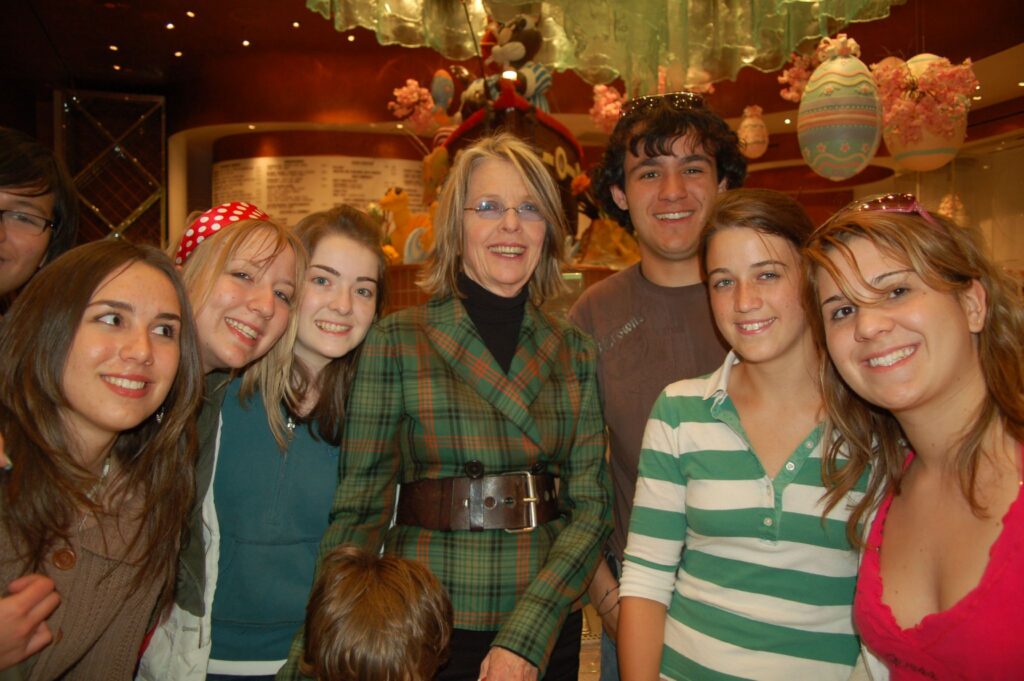
9. **Significant Collaborations: The Creative Partnerships**Throughout her illustrious career, Diane Keaton forged indelible creative partnerships that profoundly shaped her cinematic legacy. These collaborations often resulted in some of her most memorable and critically acclaimed performances, highlighting her ability to thrive under the guidance of visionary filmmakers and alongside talented co-stars.
Her most iconic and defining collaboration was with Woody Allen, who cast her in numerous films and was also her romantic partner for a time. Their work together began on Broadway with “Play It Again, Sam” and extended to films such as the movie adaptation of “Play It Again, Sam” (1972), “Sleeper” (1973), “Love and Death” (1975), “Interiors” (1978), and the multi-award-winning “Manhattan” (1979). Allen himself once offered resounding praise, stating, “My opinion is that with the exception of Judy Holliday, she’s the finest screen comedienne we’ve ever seen.”
Another foundational collaboration was with director Francis Ford Coppola, who cast her as Kay Adams, the trusting girlfriend turned wife of Michael Corleone (Al Pacino), in “The Godfather” (1972) and its sequels (1974 and 1990). Despite the film’s monumental acclaim, Keaton, with characteristic self-effacement, expressed initial doubts about her suitability for the role, telling The Times, “Right from the beginning I thought I wasn’t right for the part… I couldn’t stand looking at myself. I thought I looked so terrible, just like a stick in those ’40s clothes!”
Keaton also formed a significant bond with writer-director Nancy Meyers, who crafted roles that allowed Keaton to shine in mature romantic comedies. Their partnership began with Meyers writing “Baby Boom” (1987), and continued with “Father of the Bride” (1991) and its 1995 sequel, both starring Steve Martin. Their most celebrated collaboration, however, was “Something’s Gotta Give” (2003), where Meyers directed Keaton to her fourth Oscar nomination. Peter Travers of Rolling Stone lauded her in “Unstrung Heroes,” another directorial effort by Keaton, saying it “works like a charm.” Additionally, her work with Warren Beatty in “Reds” (1981), which earned her an Oscar nomination, further demonstrated her ability to connect with diverse creative visions and deliver powerful performances.
Read more about: Denzel Washington’s Next Chapter: Unpacking the Speculation Around His Illustrious Career and Final Acts
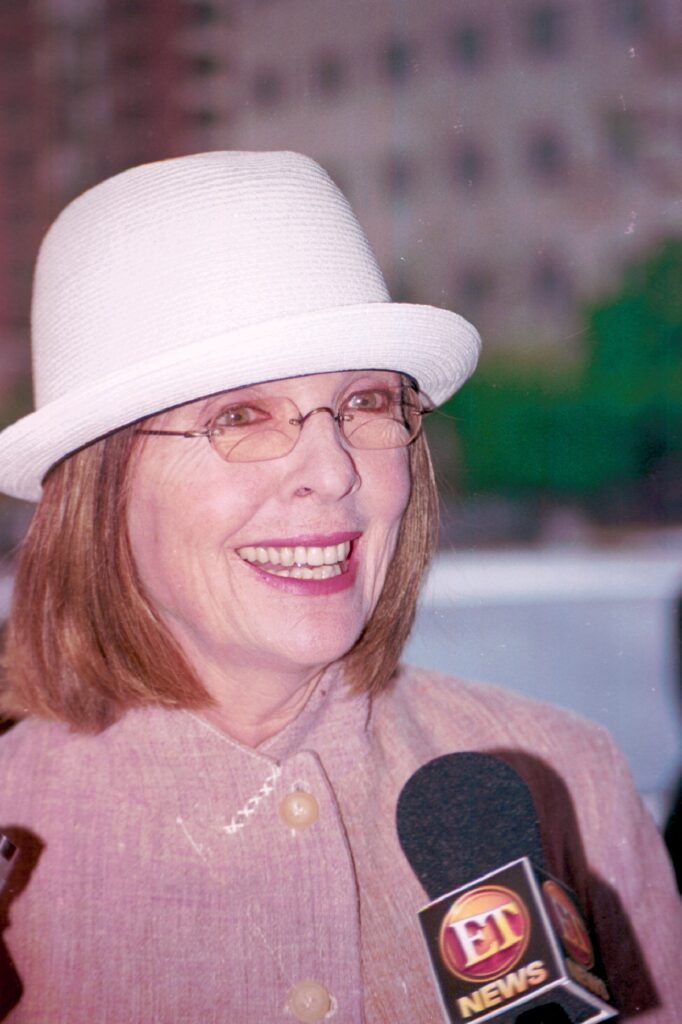
10. **Behind the Camera: A Director and Producer of Substance**Beyond her celebrated acting career, Diane Keaton expanded her artistic reach into directing and producing, demonstrating a keen eye for storytelling and a dedication to diverse cinematic projects. Her ventures behind the camera were not merely fleeting experiments but rather substantial contributions that garnered critical attention and showcased her multifaceted talents.
Her directorial debut came with the 1987 documentary “Heaven,” an exploration of beliefs surrounding the afterlife. This early work signaled her intellectual curiosity and willingness to tackle unconventional subjects, setting a precedent for her later narrative projects that often explored intimate human experiences.
Keaton’s first foray into fictional filmmaking, “Unstrung Heroes” (1995), starring Andie MacDowell, John Turturro, and Michael Richards, was particularly well-received. The story, focusing on a teenage boy’s idiosyncratic uncles, was selected for Un Certain Regard, the prestigious sidebar at the Cannes Film Festival. Critics like Peter Travers, reviewing it for Rolling Stone, noted that it “works like a charm,” while Rita Kempley of The Washington Post praised it as “sweet madness” and a “sensitive coming-of-age story,” affirming her capacity to craft compelling narratives.
She continued her directorial efforts with “Hanging Up” (2000), a comic drama based on a novel by Delia Ephron, in which she directed herself alongside Meg Ryan and Lisa Kudrow. This project further illustrated her comfort and proficiency in guiding performances and shaping a film’s overall vision, particularly within the realm of character-driven narratives.
Her producing credits span over three decades, highlighting a consistent involvement in bringing stories to the screen. Among her notable producing roles was for the 1994 television film “Amelia Earhart: The Final Flight,” where she also starred. More recently, she served as an executive producer for 2023’s “Maybe I Do,” which featured a star-studded cast including Richard Gere, Susan Sarandon, and Emma Roberts. These behind-the-scenes endeavors underscore her enduring commitment to the art of filmmaking in its entirety.
Read more about: The Enduring Gravitas: Unpacking the Storied Life and Legacy of Tommy Lee Jones
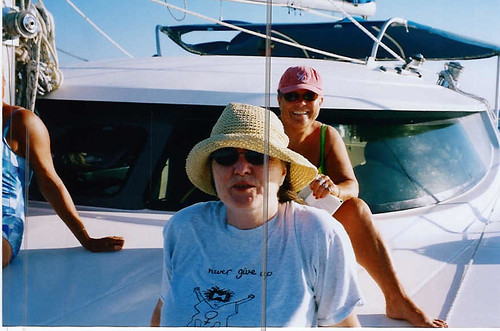
11. **Personal Philosophy: Independence, Values, and Self-Perception**Diane Keaton’s public persona was often characterized by a charming self-deprecation and a deeply rooted sense of independence, which she articulated thoughtfully throughout her life. Her personal philosophy, shaped by profound observations and experiences, offered a unique lens into her understanding of relationships, self, and the world around her.
Notably, Keaton never married, a decision she often linked back to her mother. In a 2021 piece for Interview, she explained, “She had four kids, and I was the firstborn. I saw how much she gave up… I feel like she chose family over her dreams. And she was just the best mother, but I think that she is the reason why I didn’t get married. I didn’t want to give up my independence.” With her trademark humor, she added, “By the way, no one has ever asked me to marry them, either, so that might be a good answer. I should’ve started with that and called it a day.”
Beyond marital status, Keaton openly discussed what she valued most in life. In a 2021 feature for Interview Magazine, she told her friend, actress Carol Kane, “I value a very strong friendship, like ours, which I’ve depended on for such a long time… I love to walk with my dog. These are the things I love. And I really do love nature. I love exploring California. I like driving to Arizona. I really enjoy seeing. I guess my favorite thing in life is the fact that I can see. It’s just so unbelievable.”
Despite singer Ariana Grande asking her how it felt to be “so (expletive) iconic,” Keaton remained grounded in her self-perception. She responded, “It’s hard for me to deal with that… I don’t really see it that way. I live with myself and I’m hardly iconic. I get up in the morning and it’s me again. I’m just another person saying, ‘Gee, I’d better feed the dog.’” This humility underscored a refreshing authenticity that resonated deeply with her audience.
Her perspective on aging also revealed a profound appreciation for life’s simple wonders. At 69, she shared with AARP Magazine, “At this age, everything seems much more astonishing. Like, Oh my goodness, look at that sycamore tree! Why didn’t I see that before? There’s a magical aspect, a wonder, to being on this planet.” Such insights offered a glimpse into a woman who found joy and meaning in the everyday, maintaining a curious and appreciative spirit until her final days.
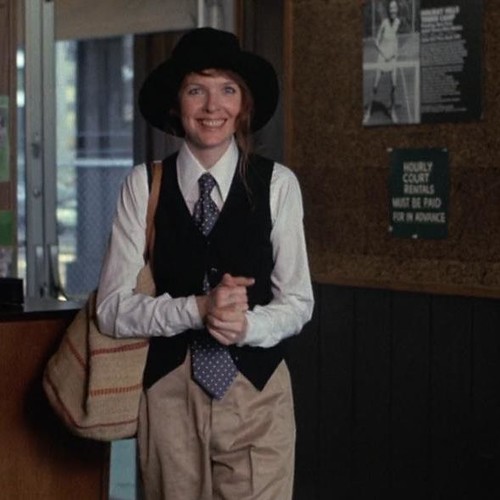
12. **Family Life: Motherhood and Private Moments**Diane Keaton’s personal life, while often guarded, revealed a deep commitment to family, particularly through her decision to embrace motherhood later in life. She is survived by her two adopted children, daughter Dexter, 29, and son Duke, 25, who became central to her world and shaped her perspective in profound ways.
Keaton adopted her children in her 50s, a decision that brought immense joy and a new dimension to her life. Reflecting on the transformative experience of motherhood, she told Life Magazine in 2005, “The shocking thing is that I worry differently now. Before kids, if I worried, it was only about myself, but that’s all you do is worry as a parent. It’s rule number one in parenting: secretly worry without letting the kids know you’re worried.” This sentiment highlighted the profound shift in her priorities and the depth of her maternal love.
In the months leading up to her passing, her family made a conscious decision to keep her health battle private, choosing to surround her only with her closest relatives. This commitment to privacy meant that even many longtime friends were not fully aware of the extent of her illness, underscoring the intimate nature of her struggle and her family’s desire for a quiet period of care.
Her final social media post, shared on Instagram on April 11 for National Pet Day, offered a heartwarming glimpse into her private world. The post, which read, “Proof our pets have great taste too! Happy National Pet Day from HG & @diane_keaton,” featured the actress happily playing with her Golden Retriever, Reggie. This was preceded by a January 22 post in support of Palisades Fire victims, illustrating her enduring compassion and connection to causes she valued.
Read more about: Beyond the Red Carpet: Inside Ryan Gosling’s Guarded World and the Unwavering Commitment to His Family’s Privacy
Diane Keaton’s life was a testament to versatility, independence, and an unwavering artistic spirit. From her groundbreaking roles that redefined cinematic heroines to her distinctive fashion statements and her work behind the camera, she carved out a unique and unforgettable space in Hollywood. Her blend of comedic brilliance, dramatic depth, and authentic self-expression left an indelible mark on cinema and culture, inspiring generations to embrace their individuality. As we reflect on her remarkable journey, it is clear that Keaton was more than just an actress; she was a true original, whose influence will continue to resonate for years to come.



